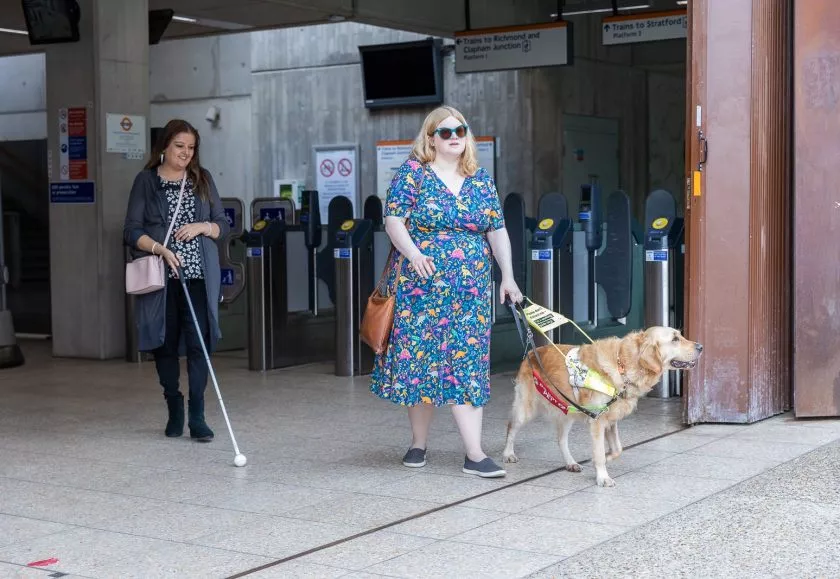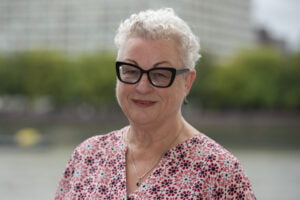London should be open to everyone, but new research from Transport for All reveals London’s outdated planning system excludes the city’s 1.2 million disabled people.
Transport for All’s latest research discovered that the calculations dictating locations for housing and shopping developments in London fail to include accessibility, leaving the city’s 1.2 million disabled residents out of the picture.
The organisation has worked with disabled people who live and work in the city to create three measures that can be added to the system to begin including our community in planning.
The organisation is calling for Transport for London to adopt the accessibility measures whilst it undertakes a comprehensive review of the system with disabled people.
Current planning systems measure accessibility by the distance to the nearest station or bus stop, how often services stop there, how many services stop there, and how far the area is from a big train station.
“This doesn’t include many things that matter to disabled people – we face a range of barriers when accessing public transport.
Transport for All’s research, ‘The Accessibility Review of The PTAL Index’ was produced with disabled people who live and travel in London. It identified three key issues that can be addressed to drastically improve the accessibility of an area:
*Overcrowding
*Stop-free access
*Toilets
All three issues listed in the report are already measured. Adding them to planning calculations is simple, and can be done quickly to enable a range of disabled people to travel and live well in new development, creating a city we can all enjoy, said Transport for All.
“That is why we are asking for Transport for London to add overcrowding, step free access, and toilets to planning calculations immediately, but also commission more research with disabled people on this issue, ” it said.
The findings represent a baseline for beginning to include disabled people in city planning. Many other issues that participants said are important to our community are currently not measured, and so cannot be calculated in planning.






















